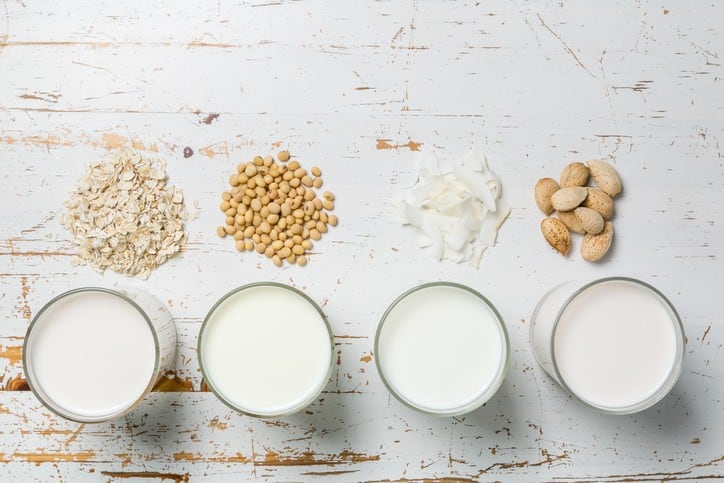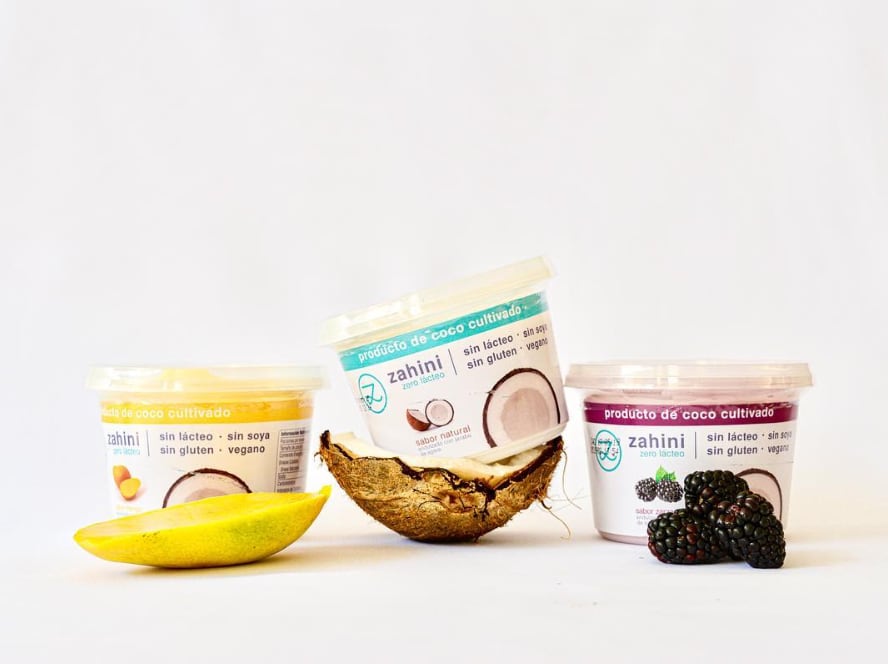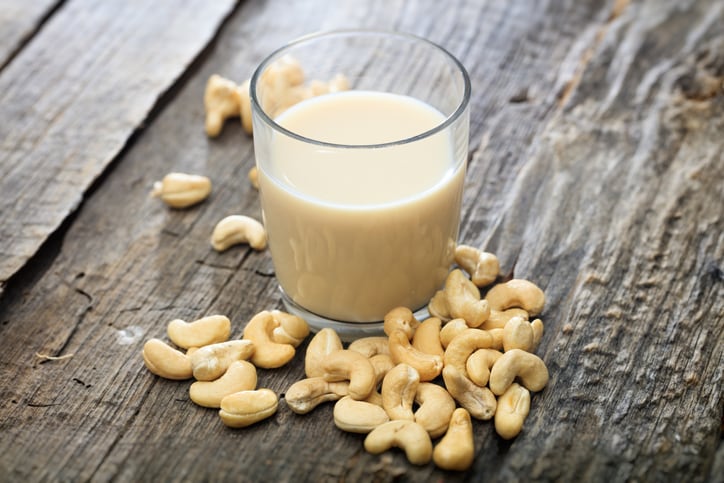“What the future will tell – in a few years or so – is probably that a combination of vegetable sources in one product will be popular,” said Eduardo Wongtschowski, business director for protein solutions at DuPont Latin America. We’ll find a range of combinations, maybe four or five different sources, because consumers think more is good.
“People aren’t really walking away from soy," he added. "But soy has been around for so long so consumers are looking for something else, something new.”
Nuts, such as almonds and cashews, and pea are emerging in some areas while in Andean regions, such as Ecuador and Peru, consumers are interested in quinoa and other ancestral grains, he added.
DuPont, which supplies soy and pea protein and has a range of starter cultures for different plant-based substrates such as almond, soy and pea, expects plant-based blends to become popular in coming years.
According to a 2017 Health Focus survey, 56% of consumers in Brazil are eating more plant-based products and reducing their intake of animal-based products.
“Then we’ll move into more meaningful combinations from a nutritional standpoint," Wongtschowski told FoodNavigator-LATAM. "That will still probably require soy if you want to have serious, science-backed nutrition [claims] regarding amino acid profile and digestibility.”
While this does not mean that emerging plant proteins cannot compete with soy nutritionally, they do not yet have the research that allows manufacturers to make substantiated claims.
The business manager said demand for pea protein in Latin America was still small compared to soy but it was beginning to gain traction, moving from beverages to snacks and now to meat alternatives, where a blend of soy and pea is popular.
A key factor in making them mainstream is taste and, according to Wongtschowski, the technology is finally catching up.
“Three years ago, there wasn’t the technology to create a fluid, pea protein drink without sediment. Today we have the technology and that makes it easier for these products to be adopted by a wider range of the population.”
Affordability
Another factor that is important for Latin American markets is affordability, according to Glauco Pinto, marketing leader for South America at DuPont Nutrition and Biosciences.
“That’s important because most of the countries are still emerging,” he said. “So we need to follow global trends and, at the same time, understand that we have a different economic situation. Creating solutions that fit into the pocket of manufacturers.”
Ensuring affordability was also a factor for DuPont in choosing to invest in pea protein, which it sources from Canada.
“It’s a matter of supply and demand. Pea is very prevalent, there are many options to supply it and that brings down the formulation cost,” said Wongtschowski.
“Some manufacturers will also include smaller doses of the ingredient in their product,” he added. “That means they can still list it on the label and talk about it but at the same time, it’s affordable for the consumers.”
Changing retail landscapes
As well as affordable, however, new product launches made with plant proteins must also be accessible. This has traditionally been an issue in Latin America, which doesn’t have an equivalent to Whole Foods in the US where most of its products are made by small manufacturers keen to launch innovative products.
However, this is evolving, said Wongtschowski.
“Supermarkets like Pão de Açúcar or the Casino-owned supermarkets are giving [smaller brands] more space. […] This is something we didn’t see before.”
Some supermarkets will stock the same product in three different shelves around the supermarket, for example ‘organic’, ‘healthy’ and ‘new products’.
Wongtschowski said DuPont is increasingly seeing the need to engage more with retailers.
“We want them to translate the trends that we all see into shelf space and therefore generating demand. Because if they don’t concede space it means that we have a great idea, manufacturers make the product, consumers want it - but don’t know where to find it.”




